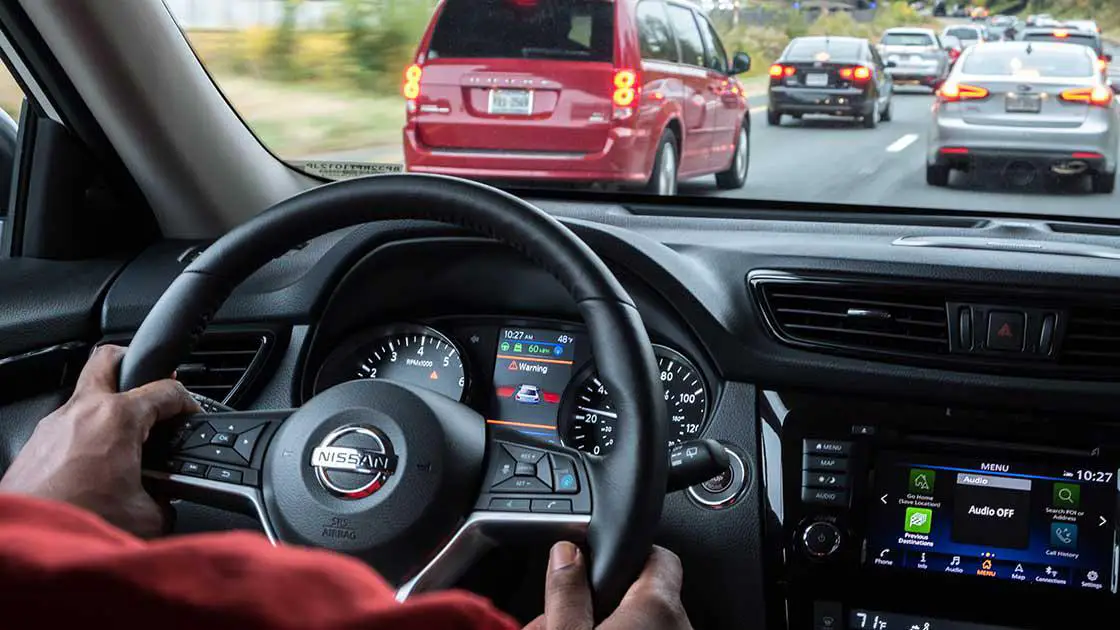The Insurance Institute for Highway Safety (IIHS) recently announced that it is considering changing the speeds it uses to test vehicle-to-vehicle front crash prevention systems. The agency currently tests the systems at 12 and 25 mph, but says that the speeds don’t accurately represent the types of crashes the safety tech is meant to prevent.
Front crash prevention
www.youtube.com
Automatic emergency braking (AEB) is designed to notify of a possible collision and help respond with automatic application of braking. Just like a human using the brake pedal, it can stop the car, but higher speeds make it difficult to stop in time. The new tests would be conducted at 35 to 45 mph, which is the range where a large number of rear-end crashes occur. As Automotive News noted, an IIHS study showed 43 percent of rear-end crashes occur at speeds of 45 mph or less, so it’s important to have a test that shows how well the tech performs at those levels.
A whopping 85 percent of 2022 vehicles earned a “Superior” rating in the current testing regime, so the IIHS will remove it from 2023 testing and Top Safety Pick award evaluations. Their view is that, since the majority of vehicles meet the criteria, it’s no longer an accurate way of evaluating performance. In its place, the agency introduced a night test for automatic emergency braking systems that will begin next year.








